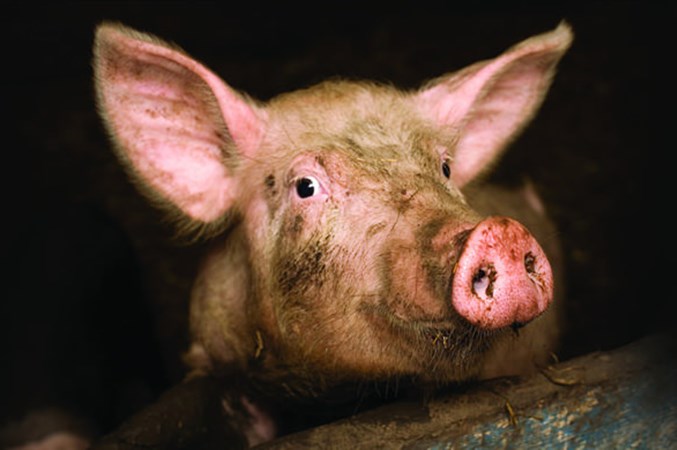Despite the vast body of evidence that shows factory farming to be a bad thing for animals, communities, our health and the planet, the spread of this backwards system of agriculture is showing no signs of slowing down. Why? Because of a tangled web of complex forces, which confuse and mislead everyone from the public to politicians. We think it’s time to untangle this web. Read on to learn the truth, and if you want even more information, get our full report here.
Sugar-coating the truth
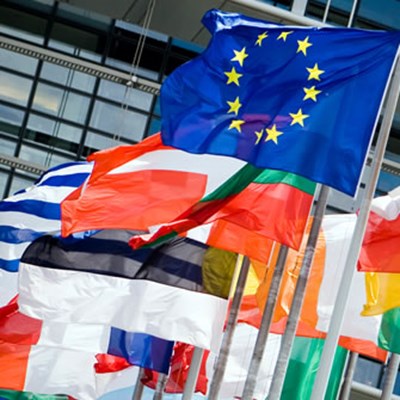
The banning of veal crates, barren-battery cages and sow stalls (“gestation crates” in the US) in the EU in 2007, 2012 and 2013 respectively, were unquestionable milestones in the advancement of animal welfare. But they also allowed the industrial-farming lobby to peddle the lie that the crueller aspects of the industry were a thing of the past.
The reality is far more complex: not only were “enriched” cages – offering only a marginal improvement in welfare – not included in the ban, but sow stalls are still allowed in the first four weeks of pregnancy and farrowing crates – which are even more restrictive – are widely used.
Unfortunately, the cruelty doesn’t end there. From the broiler chickens packed into sheds up to 50,000 at a time to the dairy cows pushed too hard and culled before their time to the pigs who endure tail-docking and teeth-clipping without anaesthetic, animal suffering is endemic in factory farming.
Hiding behind meaningless laws
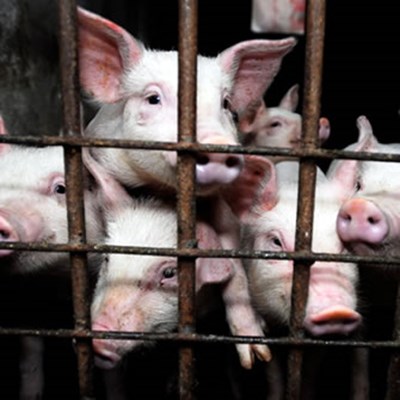
Though laws can be useful in enforcing a basic standard of animal welfare (such as the bans referred to above), much legislation is couched in extremely broad terms and, as such, is very hard to enforce.
While policy-makers and the factory-farming lobby use this legislation to reassure the public that their animal-welfare concerns are groundless, the reality is that many of these regulations are a façade, with no practical impact. In short, these abundant regulations often serve to protect the industry, rather than the animals trapped inside it.
...much of this legislation, because of its broad general language, proves to be a façade, the thinnest of veneers, which provides no real safeguards for animals. It acts as a legislative fig leaf to cover the depredations of factory farming.
Ignoring the case for animal welfare
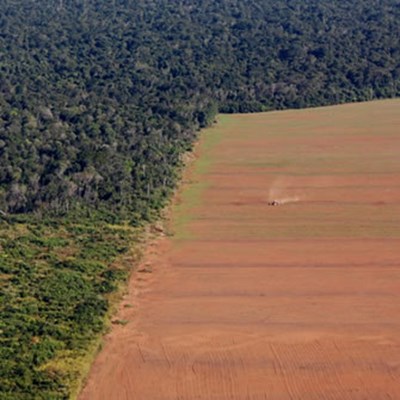
While scientific research and evidence is a crucial part of animal-welfare policy-making, it has its limitations when it comes to ethical considerations, which are notoriously hard to measure and therefore often ignored.
This neglect of hard-to-measure aspects – from a lack of fresh air and daylight to the separation anxiety experienced when young animals are taken away from their mothers – has resulted in an arguably restricted view of what constitutes good welfare.
Discounting the damage
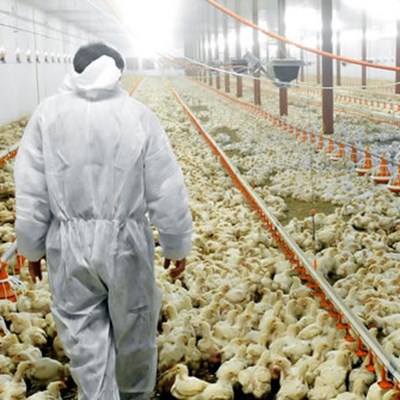
Though some costs of producing intensive meat and dairy products – for example, feed, housing and veterinary care – are borne by the farmer and therefore also the end consumer, there are also huge “hidden” costs, such as ecological destruction and failing human health, that are borne by taxpayers and future generations.
An economics that ignores these “external” costs gives the false impression that industrially produced meat is “cheap”, when – in reality – it is very expensive for society as a whole. If we are to develop an efficient economic system that properly reflects the true costs of producing industrial-animal protein, these negative externalities must be reflected in the price paid by consumers.
A pricing system that disregards certain costs promotes unhealthy diets and inefficient, environmentally damaging ways of producing food.
Prioritising value over values

A country’s GDP (gross domestic product) has long been a measure of its economic status, but it fails to measure social welfare or individual wellbeing. In a similar way, factory farming is stuck in an outdated “quantitative” mindset, focusing on economic and performance data alone, from quantities and efficiencies to costs and margins.
What we need is to develop a way of thinking about food and farming that takes into account the system’s “qualitative” aspects, such as animal welfare, the nutritional quality of the food it produces and its impact on the environment, among other things.
Keeping consumers in the dark
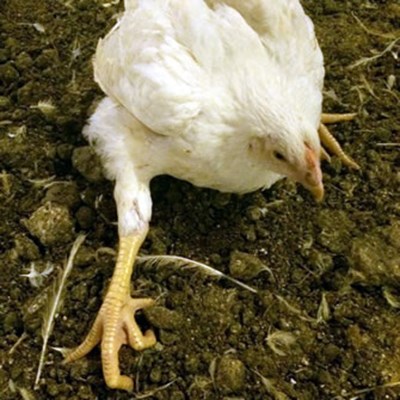
The food industry has worked hard to champion “cheap”, convenient food while hiding its devastating impact on people, animals and the planet. Take many food labels, for example, with their misleading claims – “100% natural”, “farm fresh” and so on – and bucolic images of grazing animals to see this mass deception in action.
We need more transparent food labelling in the EU, with the method of farming clearly stated, allowing consumers to play a more active role in improving welfare, as well as their own health and the environment. But it’s not in the interests of the government or the food industry for consumers to get wise to the miserable reality of much of today’s farming – after all, people might simply refuse to buy certain products.
This painting of a reassuring picture that is far removed from the truth is profoundly dishonest and prevents consumers from making informed choices.
Viewing animals as commodities
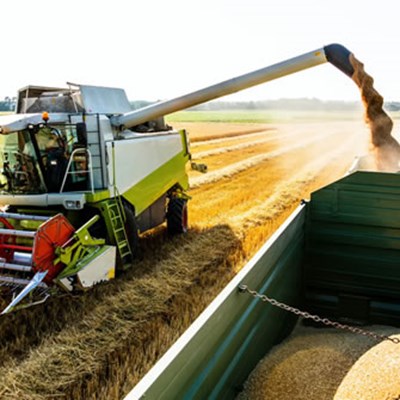
Though farm animals are widely known to be sentient beings, the inhumane practice of factory farming continues to gather pace. One of the worst aspects of the system is the genetic selection of animals for higher productivity: high growth rates in chickens increase the risk of lameness; the high productivity of laying hens causes osteoporosis; and the pig industry’s drive to increase litter size results in high mortality rates among piglets.
Yet the industry is determined to keep treating animals as machines. Astonishingly, the UK pig industry runs a campaign for a “Two-Tonne Sow” – sows who, through their piglets, produce 2000 kg of pork every year. The government and food industry’s recognition of animals as sentient beings is often nothing more than lip service.
These animals are … locked into their over-producing bodies and cannot escape the suffering that this involves.
Misunderstanding the maths

The industry regularly asserts that cramming large numbers of animals into factory farms and pushing them to extreme levels of productivity is efficient. But this couldn’t be further from the truth: industrial-livestock production, which relies on huge volumes of human-edible crops for animal feed, is inherently inefficient.
It’s thought that for every 100 calories we feed to factory-farmed livestock, we only get 40 calories back in the form of milk, 22 back in the form of eggs, 12 back in the form of chicken meat, 10 in the form of pork and 3 in the form of beef.
But the wastage doesn’t stop there. Growing these crops to feed the animals uses up vital land, water and energy, and has led to the intensification of crop production with the use of chemical-soaked monocultures. The result is poor soil quality, as well as more pollution, carbon emissions, deforestation and biodiversity loss.
It would be hard to devise a more inefficient way of feeding people.
Believing the hype
To add insult to injury, factory farming wraps itself in a cloak of virtue: its advocates tell us that 70% more food must be produced in order to feed a world population of 9.6 billion in 2050, and that intensive farming is our only hope of achieving this.
This blind fixation with producing “70% more” drives global food and farming policy, justifying industrial and technology-based “solutions” to achieving food security. What it fails to acknowledge, however, is that the planet’s natural resources – upon which our ability to produce food depends – are under serious threat from intensification, and that there is already enough food on the planet to feed the world’s projected population.
It’s been calculated that all the cereals due to be fed to intensively farmed livestock by 2050 (when the global population is expected to peak) could provide the necessary food energy for an astonishing 3.5 billion people every year. What’s needed, then, is a fairer distribution of food; and this, in large part, will involve curbing the demand for “cheap” meat and dairy.
We do not need to produce huge amounts of extra food; we simply need to use what we produce more wisely.
In conclusion
So there you have it: a complex, interlinked web of deception, dodgy information and senselessness that allows factory farming not only to survive, but also to thrive.
We urgently need fresh thinking that allows society to develop a food system that provides healthy food for all, restores and enhances the natural resources on which agriculture depends, and respects the animals that provide our meat, eggs and dairy.

